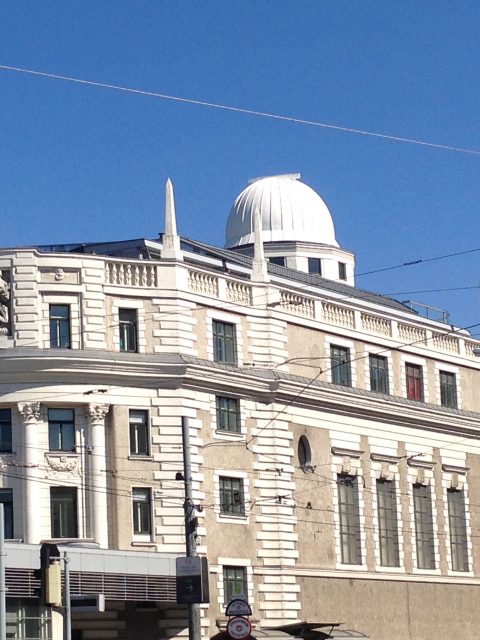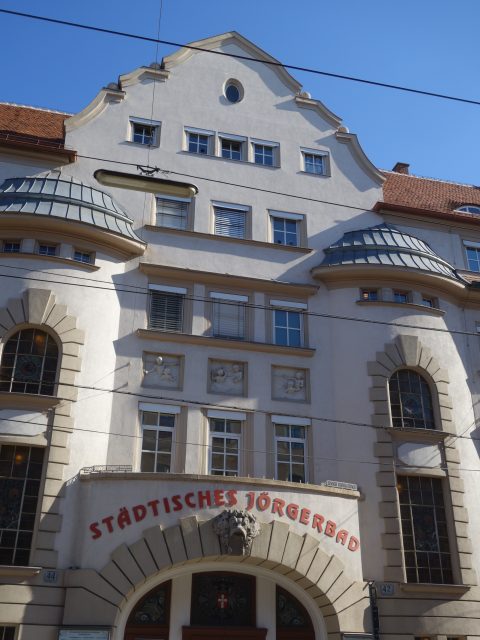VIENNESE FAMISHED AND WAR-TRAUMATISED CHILDREN AFTER WORLD WAR I & WORLD WAR II & THEIR POST-WAR RECREATIONAL HOLIDAYS IN AUSTRIA AND ABROAD: e.g. THE CHILDREN RELIEF PROGRAMMES “I BAMBINI DI VIENNA”, “RÄDDA BARNEN”, “PORTUGAL CHILDREN”, “SWISS CHILDREN”.
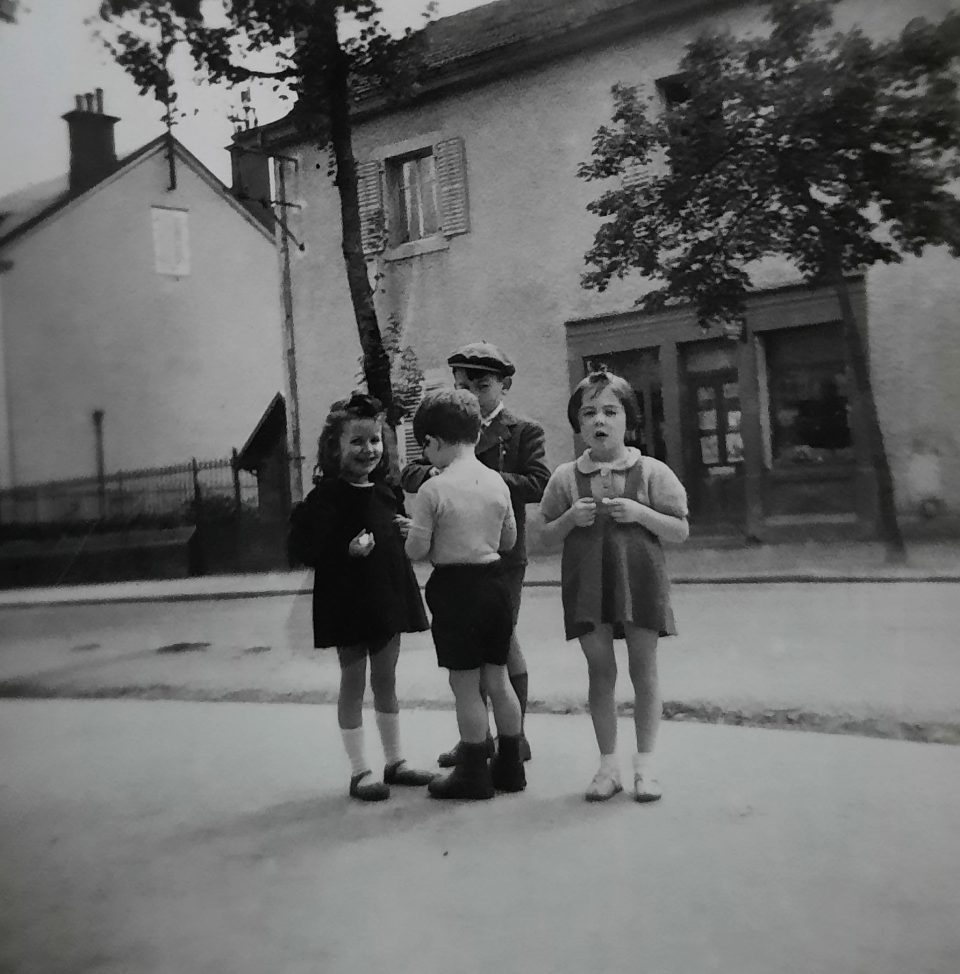
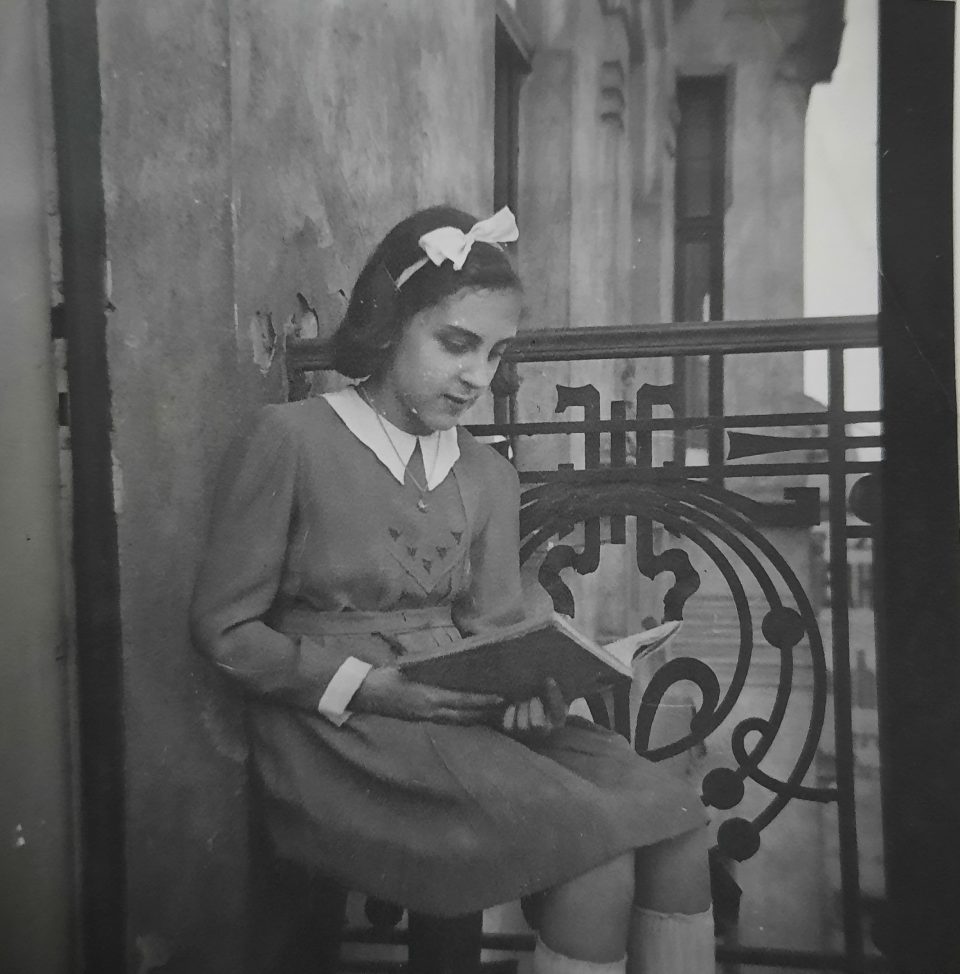
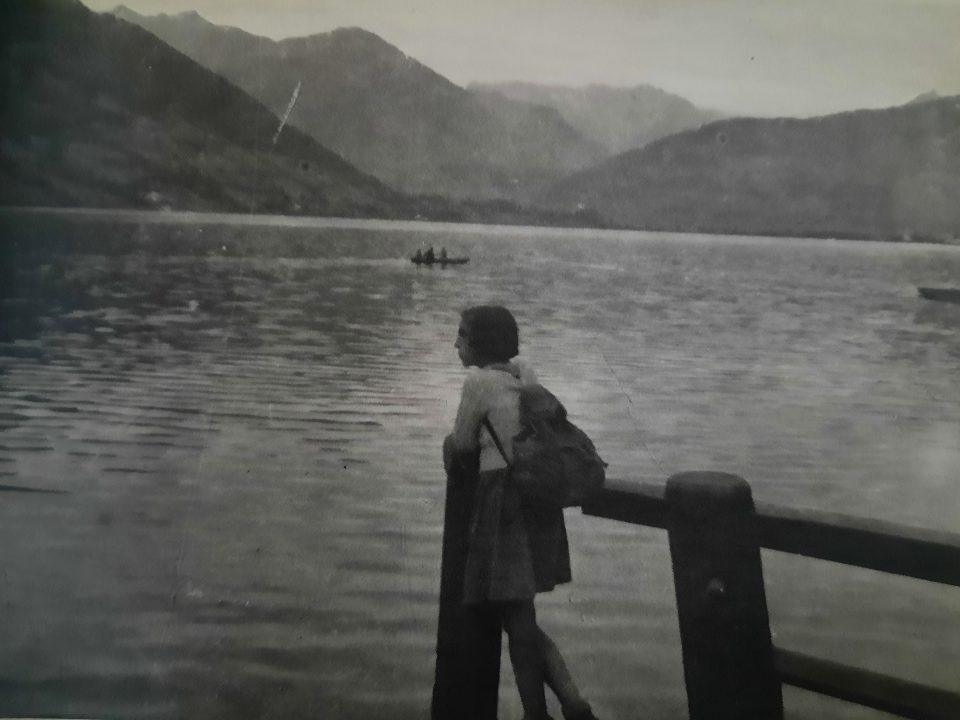
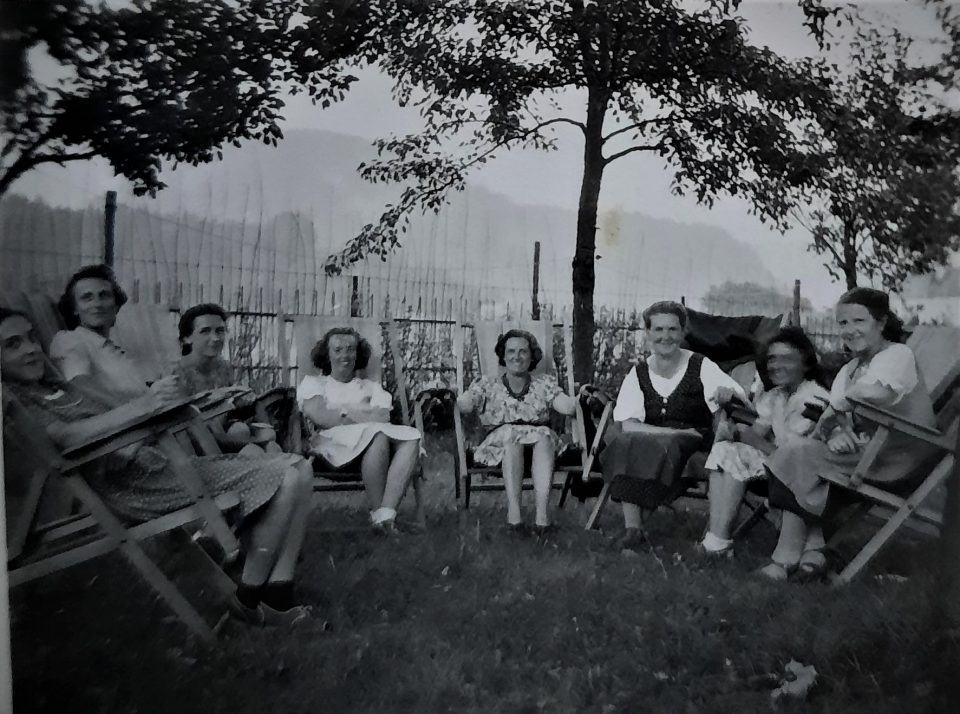
Introduction
During and after the First and Second World War the food supply was severely hampered in Vienna, which resulted in famine, undernourishment and malnutrition-related diseases, especially among the Viennese young. Children and young people of impoverished and not so well-off families were most affected and consequently suffered from rachitis, tuberculosis and osseous tuberculosis. After the First World War measurements of Viennese apprentices of every age group showed that they weighed 10 kg less than the same age group before the war and their hight was 10 cm less as well. Already during the war poor undernourished Viennese children were sent on recreational holidays to the country and in 1917 the Viennese municipal councillor Heinrich Löwenstein organised a recreational stay in Switzerland for a few children. In May and July 1918 72,000 Viennese children were sent to farmers in western Hungary – then part of the Habsburg Empire – via the “Kaiser Karl Wohlfahrtswerk”, an imperial charity. 90 per cent of the children were more or less malnourished. Unfortunately, the positive effect of this summer holiday dwindled away within a few weeks. After the end of World War I and the break-down of the Habsburg Empire, its capital city Vienna was cut off from its traditional food supply chains and the newly established small Republic of Austria was destitute. During the disastrous winter of 1918/1919 the population of Vienna and other big cities in Austria was starving, most of all the young. The international press reported about the atrocious conditions under which the poor Viennese children had to live. Men like Max Winter with “Expeditions into the Darkest Vienna” and Emil Kläger with “Across the Viennese Quarters of Destitution and Crime” had already earlier in the new century pointed to the excruciating conditions under which the Viennese poor were scraping by. The international community was so shocked that in 1919 the first children relief programmes were launched, which not only provided the Viennese children with urgently needed food, clothing and medication, but organised recreational stays abroad as well. In 1919 13,366 Viennese children were invited to Switzerland, Italy and Southern Germany for a few weeks. From 1920 on more countries joined in the effort and financed longer recreational stays abroad from several months up to a year or more. These recreational holidays at foster families’ or in children’s homes abroad were organised by non-governmental charities, such as the Red Cross or the Caritas. Between 1918 and 1924 312,255 Viennese children were sent to the Netherlands, Hungary, Switzerland, Czechoslovakia, Germany, Denmark, Sweden, Norway, Italy, Yugoslavia, Romania and other European countries. The children were registered for such a stay abroad at school, at the local parish or the youth welfare office and then medically examined. They were assembled at the train stations in Vienna, where they were equipped with a little cardboard sign around their neck, which stated their names and the names and addresses of their future foster parents. Already during the long train rides, they received provisions because they only had a small backpack with a change of underwear and a second pair of trousers or a second dress or coat with them. Sometimes the foster parents invited the children a second or more times to come back and stay with them, which resulted in life-long friendships. When the children arrived in their country of destination, they did not understand a word of the language spoken there (except when they came to a German-speaking canton in Switzerland or to Southern Tyrol or Southern Germany), but when they returned, they had mostly forgotten their mother tongue. It is amazing that rather poor countries such as Italy and Sweden offered generous humanitarian help to the destitute Viennese children and that is the reason why one focus of this article is on the post-World War I children emergency programmes “I bambini di Vienna” of Italy and “Rädda Barnen” of Sweden.
The so-called “children’s trains” initiatives were terminated in 1924 and only 20 years later the Viennese children were suffering under the same devastating conditions again, aggravated by the trauma of bomb attacks and Nazi persecution, until finally in April 1945 the Second World War was ended, the Nazi regime defeated and the city of Vienna liberated by the Allied Forces. Yet in 1945 the food supply of Vienna collapsed completely once more and the especially harsh winter of 1946/47 further aggravated the situation for the children in the city. The Viennese writer who had to emigrate to England when the Nazis took over, Robert Neumann, published his novel “The Children of Vienna” in his English exile in 1946. The book was translated into 25 languages and Neumann himself later published it in German. This novel portrays the destiny of poor children in Vienna in the days and weeks after the end of the war. In a humorous, bitter-sarcastic style he tells the story of six children living in the cellar of a bombed-out house in Vienna, trying to scrape by a living. He describes their special art of survival from the children’s point of view and tells of adults who try to interfere with them, such as a black US army pastor, who wants to send them to Switzerland, but whose plans fail, when the Russians take over the administration of their quarter. This novel raised international awareness for the plight of the Viennese impoverished children after World War II.
Post-World War I
During the First World War Viennese children whose health was affected by the consequences of the war were sent on recreational holidays, as already mentioned in the introduction. The priests in the country were asked to appeal to rural parishes to accept poor and sick urban children and care for them, cosset them and nurse them back to health for some weeks. The organisations who tried to set up a structure for recreational holidays for Viennese children in need who came from poor families or lived in slums were underfunded and inefficient. Only very few children profited from such recreational stays. In 1917 it was decided to set up a youth welfare office in Vienna, which initially included Lower Austria. 14 branch offices were opened in Vienna and its surroundings; the organisation of recreational holidays was one of their tasks, but little was done because of a drastic lack of funds after the war had ended in 1918. That’s when foreign countries stepped in. Tens of thousands of Viennese children were saved from hunger, sickness and death by these recreational stays abroad. In 1919 the youth welfare office sent 13,366 Viennese children to Switzerland, Southern Tyrol, Italy and Southern Germany for several weeks. Until 1924 the Netherlands welcomed 28,523 Austrian children, for example. The aim was, of course, to nurse the Viennese children in Austria, but the extremely poor new republic lacked the resources. So, in 1920 the American food aid programme was used to send 25,000 children to holiday homes and farmers in Austria. When in 1922 Vienna was separated from Lower Austria and was turned into an independent federal state, the city of Vienna launched its own youth welfare office. Due to the desperate financial situation of the city, municipal funds for recreational holidays for Viennese children only made up one eight of the arising costs per year. The City of Vienna reacted with donations campaigns, “Child Rescue Week” (Kinderrettungswoche), and a lottery. What’s more, parents who could afford it, were asked to make a contribution. In this way annually 30,000 to 35,000 Viennese children spent the summer holidays in the country. On top of that, 20 recreational day-care centres were opened on the outskirts of Vienna, where the children arrived in the morning, spent the day there in the natural surroundings of the Vienna Wood, were fed, participated in games and sports and in the evening, they returned to their homes. Furthermore, the city of Vienna acquired a few recreational children’s homes, which were operational the whole year round. Already in April 1916 the Vienna City Council had passed a law on “recreational care” due to the food shortage in the city, which stipulated that famished children should be cared for during the day in four leafy areas in the green belt around Vienna, which were bought by the city: Laaerberg, Girzenberg, Schafberg, and Kobenzl, between 1916 and 1919. In August 1916 the first recreational day-care centre for children was opened on Laaerberg, where some wooden military shacks were set up for the children. In 1918 1,200 children were cared for there on a daily basis. In the summer of 1918, the children’s day-care centres on Kobenzl and Girzenberg were opened and welcomed, respectively 400 and 100 children. In 1918 the Bellevue castle was acquired by the city on Kobenzl and was restructured as a day-care centre and in 1919 the centre on Schafberg followed. Undernourished Viennese children in need of recreation were fed and cared for in these day-care centres for four weeks. The 6- to 12-year-old children were examined by schools’ doctors before and at the end of their stay. All in all, in 1928 the city of Vienna owned five such day-care centres and it had set up another one on the banks of the Danube, the “Gänsehäufl”. They were run either by the WIJUG (“Wiener Jugendhilfswerk” since 1922) or the “Kinderfreunde” and “Volkshilfe”, private charities linked to the Social Democratic party, which was ruling the city from the end of World War I until the Austro-Fascist take-over of Austria in 1934. Immediately after the war around 1,200-1,500 children were sent to homes in the vicinity of Vienna, to Ober-Hollabrunn and Pottendorf, as well. Overall, 5,474 Viennese children benefitted from these domestic recreational stays in 1919. In 1923 2,575 Viennese children, who were threatened by tuberculosis and other diseases linked to malnourishment, were sent to ten children’s homes in other parts of Austria. It is obvious that this was completely insufficient in the face of starvation. An extensive famine relief programme was needed.
Let’s return to the situation in Vienna after the end of World War I in 1918. Hermine Weinreb, an eminent pedagogue and co-founder of the Social-Democratic children’s organisation “Kinderfreunde” started in 1918 an initiative for recreational stays of Viennese children in a home in Gmünd, Lower Austria, with the help of the American children relief programme, where 1,400 children were cared for during a six-week summer holiday. She was involved in the cooperation with Italy, too, “I bambini di Vienna”. The famine crisis in the city was somehow alleviated by emergency food transports from abroad. The French and the British sent “food trains” with urgently needed basic food rations to prevent starvation in the city in 1919. Denmark and Sweden set up public kitchens which tried to feed the famished masses. But what really remained in the memory of the Viennese was another international emergency programme: the recreational holidays for Viennese and other urban Austrian children abroad. Tens of thousands of poor and famished Viennese children were invited in 1919 and 1920 to stay with foster families or in children’s homes for several months in Denmark, Norway, Sweden, England, the Netherlands, Germany, Switzerland, Spain and Italy. These were private initiatives and one of the first transports left Vienna on 3 February 1919 with the destination Switzerland. The primary school teacher Oskar Kahn from Ottakring, a working-class district of Vienna, accompanied a group of Viennese children and he remembered that the children had to sleep in the train carriages and ate only cheese and bread because of the straitened circumstances. Yet as soon as they had crossed the border to Switzerland, the experience of hunger was a past memory. In the border town Buchs the children received for the first time a warm meal, chocolate and cake – and “the food was abundant and excellent”. At the same time, they were given little presents by the locals, mostly chocolate. Unfortunately, as the small stomachs were used to fasting only, they could not digest the large amounts of sweets. The group finally reached Bern, the capital city of Switzerland, and the reception there was marvellous, too. The population awaited the children and had to be kept back by policemen, when they wanted to storm the train carriages to welcome the children who were given presents once more.
These children emergency programmes met with a wide response in the Austrian public. The press reported about the departures of “children’s trains” carrying children to their recreational holidays abroad. Apart from rare memoirs this is now the most important historical source for the aid programmes of 1919/1920. The famous Austrian writer and journalist Joseph Roth wrote for the Viennese paper “Der Neue Tag” and described the parents who were taking their children to the train station. They were poor working-class parents who stood tightly packed on the platform, thin and emaciated, “resembling squeezed-out lemons”. “Wiener Bilder”, a Viennese weekly magazine, reported about the cheery warmth with which Viennese children were welcomed in England in October 1920. In March 1920 “Das interessante Blatt” published an article about the departure of Viennese children to the Netherlands from the North Station. Furthermore, the Viennese journalist Max Winter who for years had been publishing very well-researched articles on the plight of the Viennese poor in the “Arbeiterzeitung”, the Social-Democratic paper, launched an international media appeal for the rescue of the famished Viennese children of the underprivileged. He is today seen as the innovator of social reporting, the inventor of which is considered Egon Erwin Kisch. Max Winter went much further, though, and painted devastating pictures of the underground of the glamorous capital city of the Habsburg Empire. He raised awareness for the destitution of the homeless who lived in the canal system of Vienna. He dressed up as a homeless person and spent time in the canal system, in shelters and the slums of the city. By that he reduced the distance between the journalist and the subjects of his research. He was trying to be close to the poor, to understand their living conditions, their language and he sympathised with them. His meticulous research and analysis under which the children of the poor lived in Vienna after World War I provoked a public outcry and triggered widespread international concern, which contributed to the start of various private aid initiatives.
Neglect and abuse of children had spread before and during the First World War in Vienna among the poor, which the first Children’s Congress of 1907 confirmed. At that time neglect of children was linked to criminal activity, juvenile delinquency and anormal behaviour of the young. When the war broke out, fathers were drafted and working-class mothers were called to fatigue duty, so the situation worsened as the children were left to themselves. When the food supply was drastically cut in Vienna, working-class mothers were preoccupied with the daily fight for scraps of food to feed their children and no time was left for caring for these children. Teachers documented the bad health of the pupils und described under which disastrous conditions the children lived at home; in one dirty, mouldy room where several people had to eat, sleep and live. In September 1917 the “Arbeiterinnenzeitung” wrote that a teacher reported that she did not know where to store the pupils’ hats and coats because they were full of lice. A doctor who had examined these pupils found that 90 per cent were ridden with lice. Everywhere on the walls and benches of the school rooms vermin crawled; they were even stuck to the teaching aids and bugs were swimming in the ink pots. Scabies was so widespread that even the teacher was affected by it. Due to the war the school hours were reduced and these children then spent most of their time in the streets of Vienna. Several were orphaned due to the war or had lost contact to their families. The Viennese police tried to find their parents via appeals to the public, mostly in vain. This phenomenon is documented in contemporary police statistics which categorise the roaming children as young criminals. Complaints of juvenile delinquency up to 14 years of age rose from 1,848 cases in 1913 to 5,926 in 1917 and 4,972 in 1919 and those between 14 and 18 years of age increased from 4,314 to 8,995 in 1918 and 8,059 in 1919. Stealing in order to procure some food was rampant and the children sold everything possible on the black market to be bartered for food, even the family’s own scarce furniture. Max Winter appealed to the government in 1915 that it was unsupportable that children in Viennese working class districts started to queue in front of shops at 10 pm to receive some flour when the shop opened at 7 am. Many women and children had seriously fallen ill due to the night-long queuing in the freezing cold. The Viennese paediatrician Clemens von Piquet documented the effect of the social and moral neglect and the widespread famine on the health of Viennese children at the “Wiener Kinderklinik” in 1918. Of the 498 children treated there 90 per cent were severely undernourished. Boys had 20 per cent less weight than normal and girls 18 per cent, which meant on average 6 kg less for boys and 5 kg less for girls in the age groups of 6 to 14. Yet during adolescence the weight loss was even more drastic: 14-year-old girls weighed 8 kg less and 14-year-old boys 10.7 kg less than normal. Due to these deficiency symptoms their bodies were drastically underdeveloped and the process of growth was retarded. Unfortunately, this affected their brains and their psyche, too. The children showed apathy, were exhausted and feeble, which sometimes resulted in an inability to walk and those children were then bed-ridden. Their fecklessness made them susceptible to infectious diseases; famine oedema, rachitis and tuberculosis were rampant among them. The increase in tuberculosis cases was most drastic in the age group of 5 to 20, Piquet found. His hospital recorded a doubling of related deaths during the war years. The Viennese statistic of death rates of children of school age showed 1068 in the year 1914 and 1995 in 1918. Max Winter documented in 1916 in “Der Kinderfreund” that the destitution of Viennese children was now incomparable to the destitution before the war; so many lost, neglected and famished children in Viennese streets as never before, so many soldiers’ children whose mothers could not procure enough food and so many working-class children whose parents had to work in ammunitions factories and still could not feed their families due to the catastrophic inflation. Heinrich Löwenstein stressed that it was necessary to reduce the mortality rate among children, which was 43 per cent in the age group of 5 to 10 and 26 per cent in the age group of 10 to 15 and he pleaded for recreational holidays of Viennese children in the Vienna city council. Löwenstein had already organised recreational holidays in Switzerland in 1917 and then coordinated the Danish relief effort in 1920. The Spanish flue in 1918 further exacerbated the situation in Vienna and pushed up the mortality rate in all age groups because due to their weakened health conditions the children quickly succumbed to the Spanish flu and had no defences.
…
